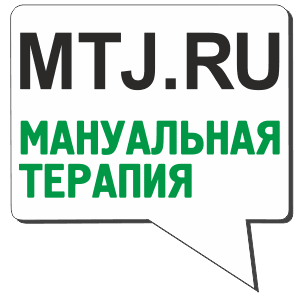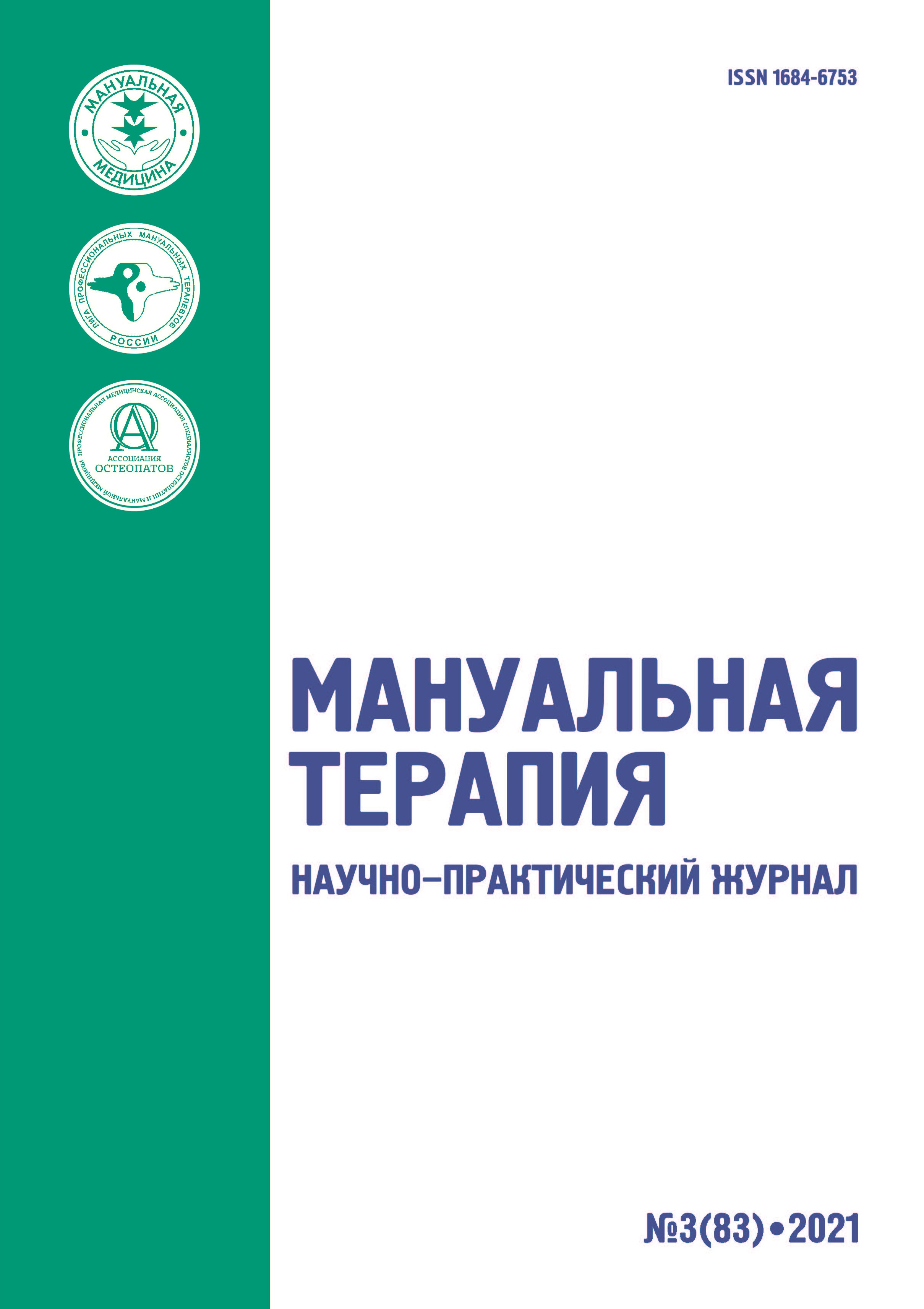Yaroslav the Wise Novgorod State University, Veliky Novgorod, Russia
Russian Federation
The article highlights the study records on the infl uence of comprehensive rehabilitation measures combined with osteopathic treatment on the balance function quality in children suff ering from cerebral palsy. The study involved children aged 7 to 12 with spastic diplegia (level II according to GMFCS), intact intelligence, and the ability to move independently without technical devices. The study showed that, if the osteopathic treatment was included in the set of rehabilitation measures, the quality of life and postural control in the upright position improved in children, the latter manifested itself in an increased indicator of the balance function quality.
osteopathic treatment, infantile cerebral palsy, balance functionquality, life quality
1. Baranov AA, Namazova-Baranova LS, Kurenkov AL, et al. A complex evaluation of motion functions in patients with infantile cerebral palsy. Moscow: Pediatr; 2014. 84 p. (In Russ.).
2. Badalyan LO, Zhurba LT, Timonina OV. Infantile cerebral palsies. Kiev: Zdorovie; 1988. 323 p. (In Russ.).
3. Dotsenko VI, Usachev VI, Morozova SV, Skedina MA. Modern algorithms of stabilometrical diagnostics of postural disorders in clinical practice. Meditsinskii Sovet = Medical Board. 2017;(8):116-122. https:// doi.org/10.21518/2079-701X-2017-8-116-122. (In Russ.).
4. Egorova IA, Mikhailova ES. Cranial osteopathy: Guidelines for doctors. 2nd edition, revised. St.-Petersburg: “SPbMAPO” Publishing House; 2013. 500 p. (In Russ.).
5. Nemkova SA, Boldyrev VG, Sorokin AS, et al. Infantile cerebral palsy. Meditsinskaya sestra = Nurse. 2017;(7):32-37. (In Russ.).
6. Semenova KA. To the problem of classifi cation of infantile cerebral palsy. Pediatriya. Zhurnal im. G.N. Speranskogo = Pediatrics. G.N. Speransky Journal. 1972;(2):57. (In Russ.).
7. Tkachenko ES, Goleva OP, Shcherbakov DV, et al. Infantile cerebral palsy: A state of knowledge on the problem (review). Mat’ i ditya = Mother and Child. 2019;2(77):4-9. (In Russ.).
8. Usachev VI, Dotsenko VI, Kononov AF, et al. A new methodology of stabilometrical diagnostics of the body balance function disorder. Vestnik otorinolaringologii = Journal of Otorhinolaryngology. 2009;(3):19-22. (In Russ.).
9. DeKegel A, Dhooge I, Peersman W, et al. Construct validity of the assessment of balance in children who are developing typically and in children with hearing impairments. PhysTher. 2010;90(12):1783-9.
10. Palisano R, Rosenbaum P, Walter S, Russell D, Wood E, Galappi B. Development and reliability of a system to classify gross motor function in children with cerebral palsy. Developmental Medicine and Child Neurology. 1997;39(4):214-223. DOI:https://doi.org/10.1111/j.1469-8749.1997.tb07414.x.
11. Stavsky M, Mor O, Mastrolia SA, Greenbaum S, Than NG, Erez O. Cerebral palsy - trends in epidemiology and recent development in prenatal mechanisms of disease, treatment, and prevention. Front Pediatr. 2017;5:21. DOI:https://doi.org/10.3389/fped.2017.00021.








